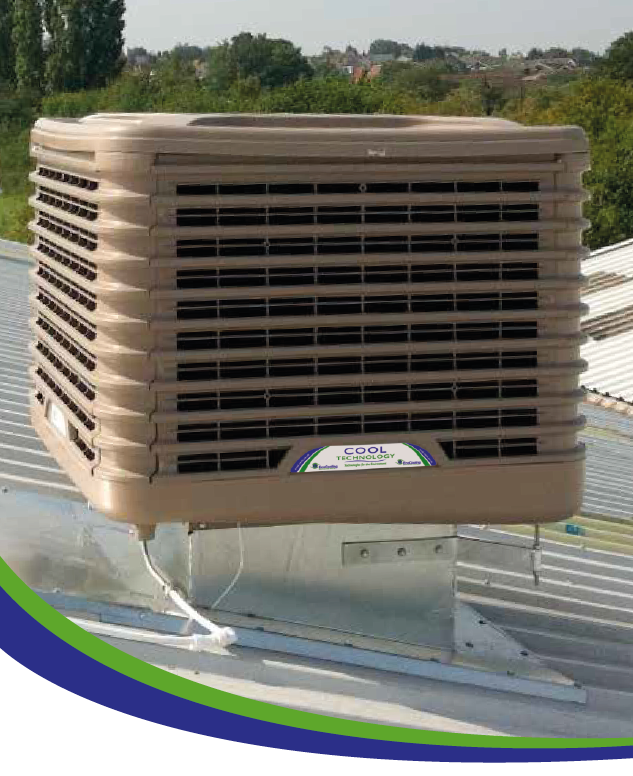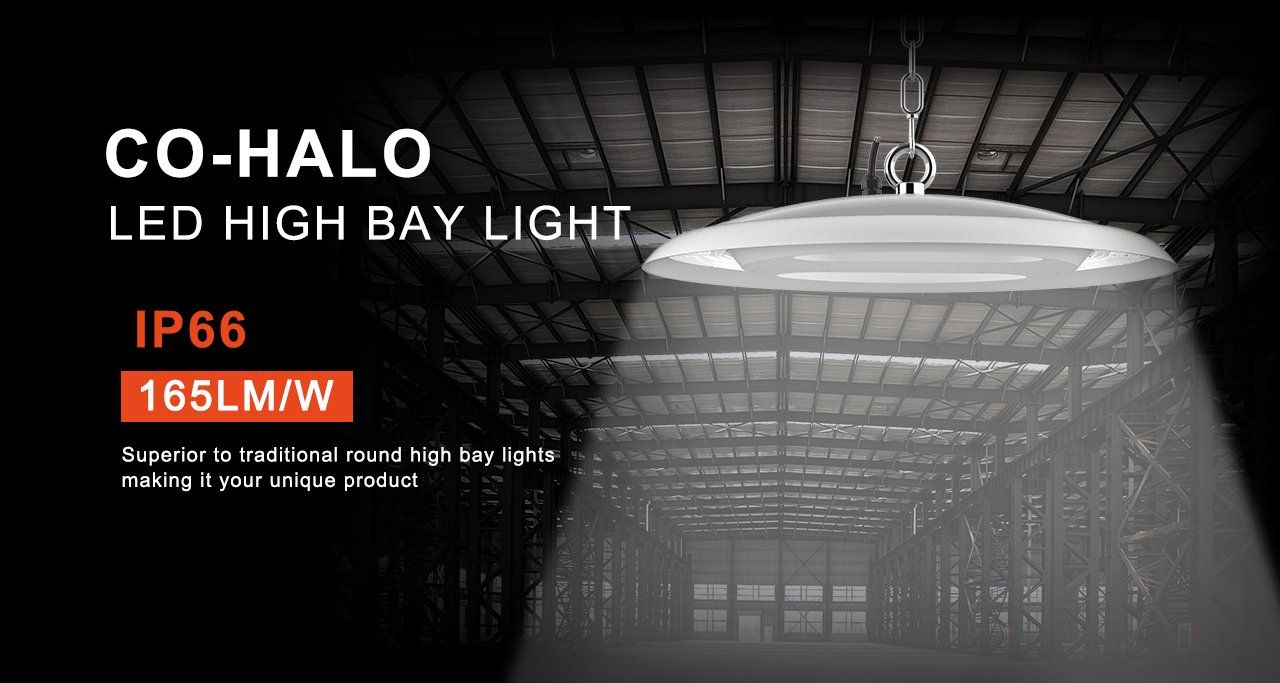Cooling technology news in a fast-warming world

Search Google for climate change news and you get a list of distressing headlines: the government is being slammed for delaying climate change action, with the UK’s progress described as ‘worryingly slow’. Traditional farming is still emitting ‘stubbornly high’ amounts of CO2, second only to transport. Deforestation is ‘surging’ despite pledges by the world’s leaders. The environment minister Zac Goldsmith has just quit his job over government climate change ‘apathy’. France is unprepared for the ‘serious impacts’ of climate change. We could go on.
On the bright side China is making impressive inroads into reducing emissions as their ‘green power surge’ offers hope to the world. But we’re headed for significant warming whatever we do, and that means we’re going to have to make more of an effort to keep cool.
It isn’t even a future risk – it’s happening now. There’s a heating revolution on the cards as we transition from fossil fuels to renewable power. And there’s also a cooling revolution going on in parallel as power stations, heavy engineering firms, and a huge variety of smaller businesses attempt to cool things down.
It’s no surprise the
Data Centre liquid cooling market alone is set to hit a value of US$ 15,974.3 million by 2023, representing a ‘monumental’ CAGR of 19.6%. Plant cooling systems are being revolutionised and cooling lines in manufacturing are coming under scrutiny. The global water-based heating and cooling systems market is predicted to be worth US$ 37.7 billion in 2023 with a CAGR of 7.9% between now and 2028.
In Singapore almost 10,000 households have signed up for a new, energy-efficient, Centralised Cooling System or CCS, which uses centralised chillers installed at the top of HDB blocks to cool water, which is then piped to people’s homes to cool the interiors. The
KEPPEL Corporation has won a contract to design, build, own and operate a huge district cooling system or DCS plant for three decades. Closer to home, the Harrogate company
Pirta has spent two years developing a paint that passively cools structures to make them less reliant on energy-dependent cooling systems, cleverly reflecting solar heat away from surfaces so they shed more heat than they absorb.
Clearly, the race is on. So what can businesses in the UK do to keep employees and consumers cool? It’s a pressing question. Luckily we have some answers, and the systems we recommend are relatively simple as far as fitting and retro-fitting goes. The tech relies on a perfectly natural phenomenon: the simple fact that when you draw air over cool water it creates a fresh breeze like you get at the seaside. It’s called evaporative cooling, and
this video reveals how it works.
If you’d like to know more about how evaporative cooling could future-proof your premises and provide a competitive advantage, contact us for an inspiring discussion.










